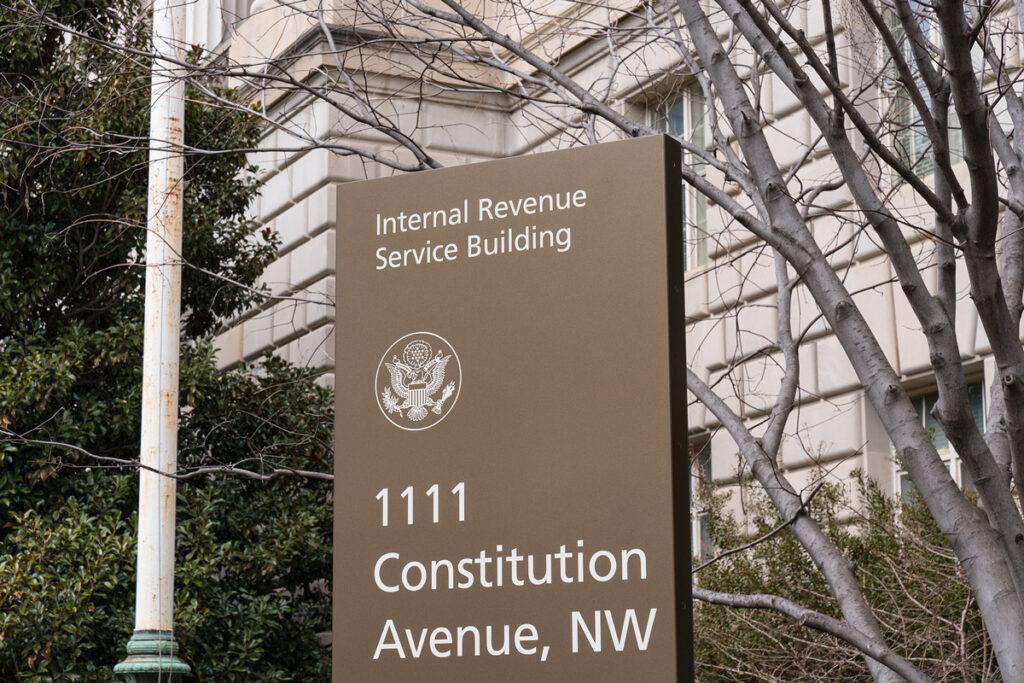Click here to get this article in PDF
 The Internal Revenue Service (IRS) is increasing retirement contribution limits for 2025, giving investors more breathing room in their nest eggs. Every year, the government’s collection arm reviews contribution caps and tax thresholds in light of ever-changing economic conditions.
The Internal Revenue Service (IRS) is increasing retirement contribution limits for 2025, giving investors more breathing room in their nest eggs. Every year, the government’s collection arm reviews contribution caps and tax thresholds in light of ever-changing economic conditions.
$500 Contribution Boost
The IRS is elevating contribution limits for 401(k), 403(b), most 457 plans, and the Thrift Saving Plan by $500. In 2025, taxpayers will be eligible to add $23,500 (up from $23,000) to these retirement plans. SIMPLE plan owners can also contribute $500 more but only for a total of $16,500. Remember that the SECURE 2.0 Act sets some SIMPLE plan contribution limits to $17,600.
Beginning in 2025, a supercharged catch-up contribution is available for those 60 to 63 for the following plans:
- 401(k) plans – $11,250 (up from $7,500)
- SIMPLE plans – $5,250 (up from $3,500)
Higher Phase-Out Ranges
The IRS stopped short of raising the contribution ceiling for IRAs, which will remain at $7,000 for 2025. Catch-up contributions for those 50 and older also stay unchanged at $1,000. However, more high-income earners qualify for these contributions through higher phase-out ranges – income caps the IRS places on tax perks.
These income phase-out ranges impact traditional and Roth IRAs differently. In short, a deduction phase-out for traditional plans affects contribution tax deductions, and income phase-outs for Roth plans determine if contributions can be made. Here’s how the IRS changes breakdown:
Related Reading: Strategies to De-Risk Your Nest Egg
Traditional IRA Deduction Phase-Out
The deduction phase-out range for individuals covered by a workplace retirement plan is $79,000 to $89,000 (up from $77,000 to $87,000). For married couples filing jointly, where the spouse making the IRA contribution is covered by a workplace plan, the range is between $126,000 and $146,000 (up from $123,000 to $143,000)
Roth IRA Income Phase-Out
Single filers and heads of household have an income phase-out range between $150,000 and $165,000 (up from $146,000 to $161,000). This jumps to a range of $236,000 to $246,000 (up from $230,000 to $240,000) for married couples filing jointly.
Lower Thresholds for Saver’s Credit
The Saver’s Credit is also getting a facelift heading into 2025. Officially dubbed the Retirement Savings Contributions Credit, this tax credit is designed to help low to middle-income earners pad their nest eggs. Eligible taxpayers get the dual advantage of reducing their taxable income while topping up their retirement plans.
The Saver’s Credit can apply to a traditional IRA, Roth IRA, 401(k), 403(b), governmental 457(b), SARSEP, SIMPLE plan, and Thrift Savings Plan, 501(c)(18)(D) plan. The IRS reduced the income thresholds to ensure more American households qualify:
Income Eligibility Thresholds
- $39,500 for individuals (up from $38,250)
- $59,250 for heads of household (up from $57,375)
- $79,000 for married couples filing jointly (up from $76,500)
Stubborn Inflation
These retirement plan adjustments come on the heels of persistent inflation. The Fed’s launch of an aggressive rate cut policy earlier this year was supposed to signal a victory in the fight against inflation. However, the battle continues with this key economic metric ticking up to 2.6% in October – 30% higher than the Fed’s target range. The IRS cited higher costs of living and inflation concerns as causes for their adjustments, tacitly acknowledging that the government is struggling to improve the economic situation.
